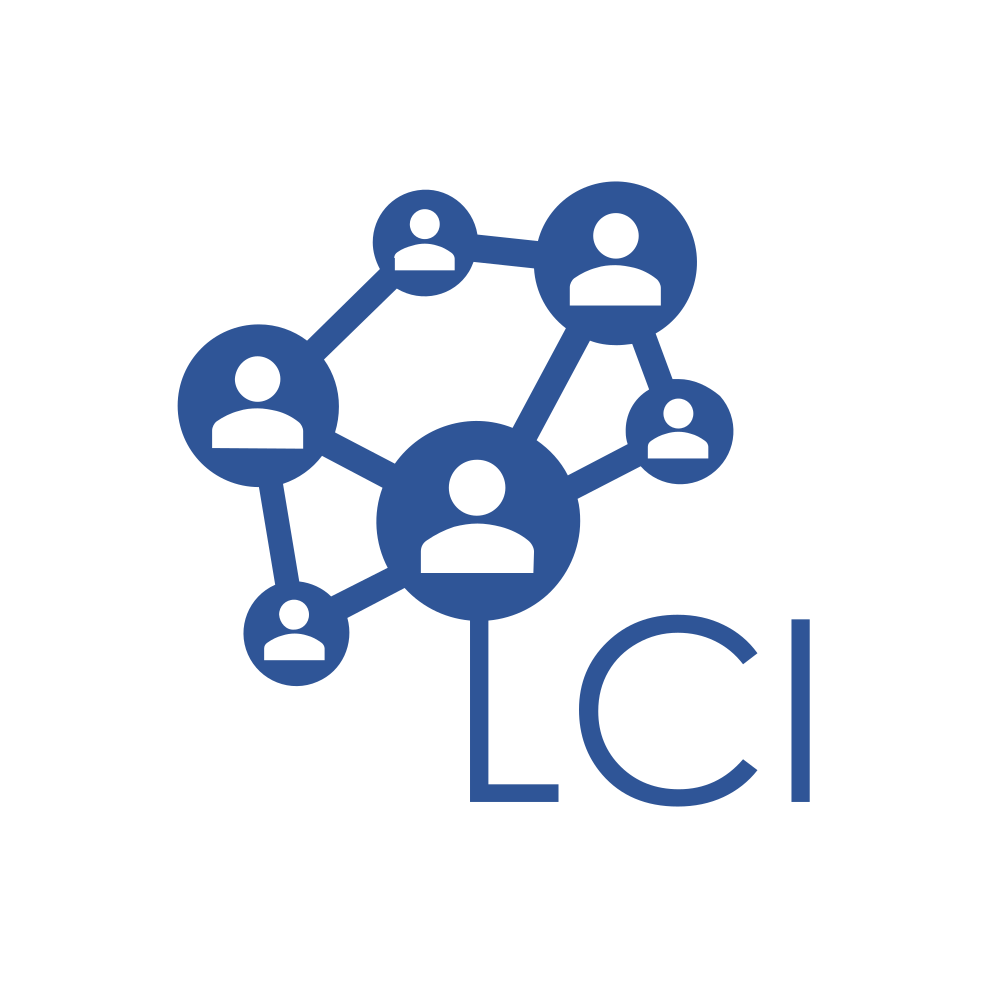Why this initiative?
A group of trainees came together on Twitter and brainstormed possible ways to share negative results in a way that trainees showcase their effort and data, get feedback from the community and help flatten the learning curve for the next generation of computational biophysicists. Learning Curve Initiative will create a platform for computational biophysics trainees to share underappreciated data, common pitfalls and worked-out problems with the community. Our ultimate hope is to promote scientific discussion, protocol and data sharing practices between trainees.
Short-term goals
Form a community consensus on the definition of otherwise-publishable data
Once the consensus is made, prepare a checklist of minimum criteria for the trainees to follow a consistent style
Form an advisory board: Faculty members from the community will give advice and mentor the organizing committee
Send out an open invitation to find more volunteers to serve in the organizing committee
Plan a webinar: The webinar will host talks presented by trainees. Trainees will submit an abstract in order to be chosen to present their underappreciated data.
The advisory board will be kept in the loop during this entire process.
Long term goals
Organize the first webinar. If all goes well, come up with a plan to turn the webinar into a tradition. An organizing committee formed by trainees can hold these webinars regularly. The organizing committee members can train the upcoming year’s members to ensure the continuity of the initiative.
Plan a potential publication (such as a LiveCoMS Lessons Learned article) by grouping the underappreciated presented in the webinar.
Talk to professional societies (such as BPS, ACS, APS and ASBMB) to organize a poster session for trainees presenting underappreciated data.
Generate a platform for trainees to openly talk about hardships. This could be virtual coffee chats, a blog, gathering/dinner at BPS, webinars, etc.
Promote this model for other research communities to use.
